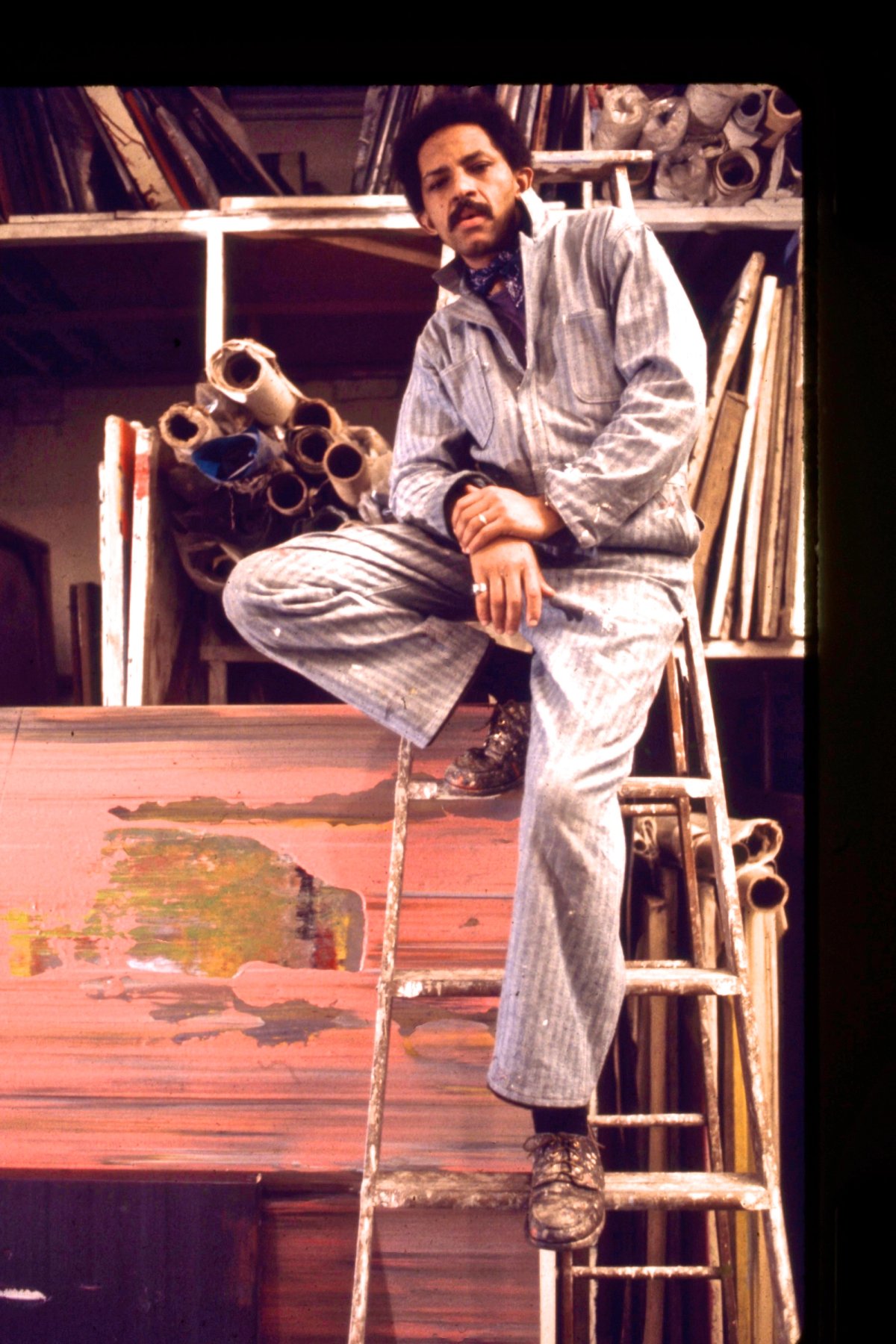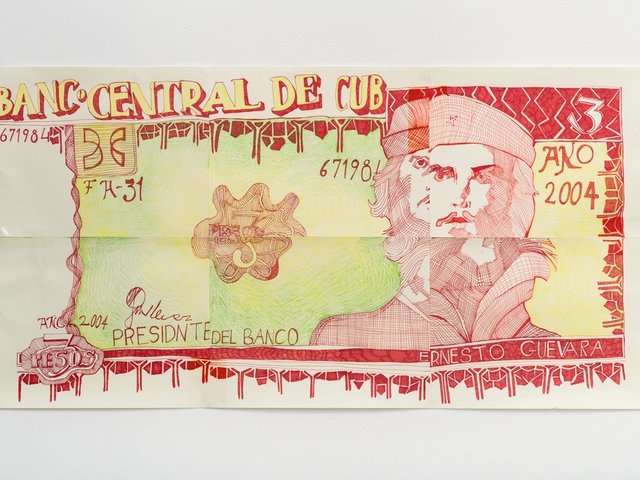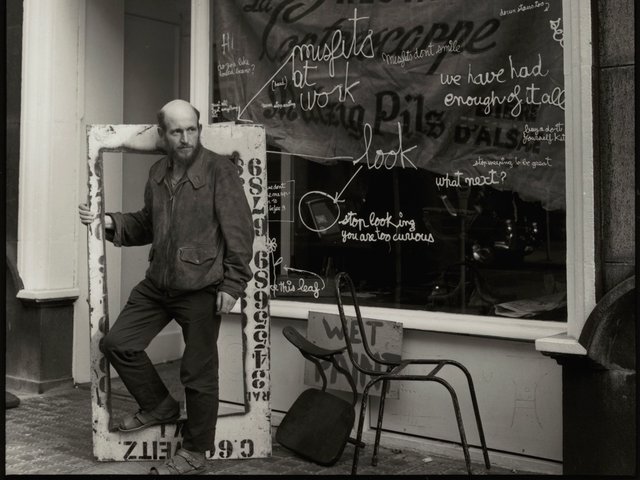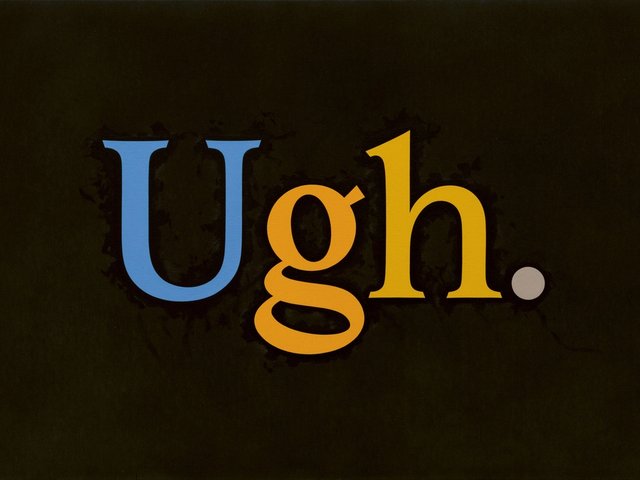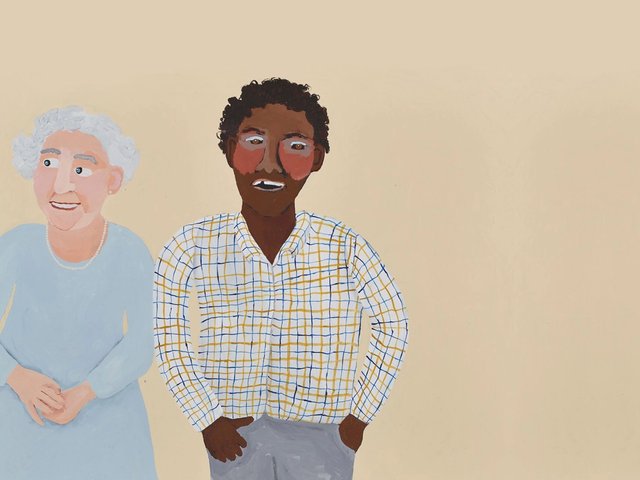In the Studio: Jack Whitten, Yinka Elujoba, Hauser & Wirth Publishers, 83pp, £18.99 (hb)
This compact overview of the US artist Jack Whitten’s work and ideas is part of In the Studio, a new series that gives readers a “behind-the-scenes view of artists at work”, say Hauser & Wirth publishers (other artists featured include Phyllida Barlow and Lee Lozano). The art critic Yinka Elujoba focuses on Whitten’s important works including Black Monoliths, his famous series memorialising important Black figures from literature, music, politics, sports and art, along with key aspects of Whitten’s practice such as his interest in African sculpture. “He suspected that buried deep within African art was something that could help him as a young Black man living in the United States,” writes Elujoba.
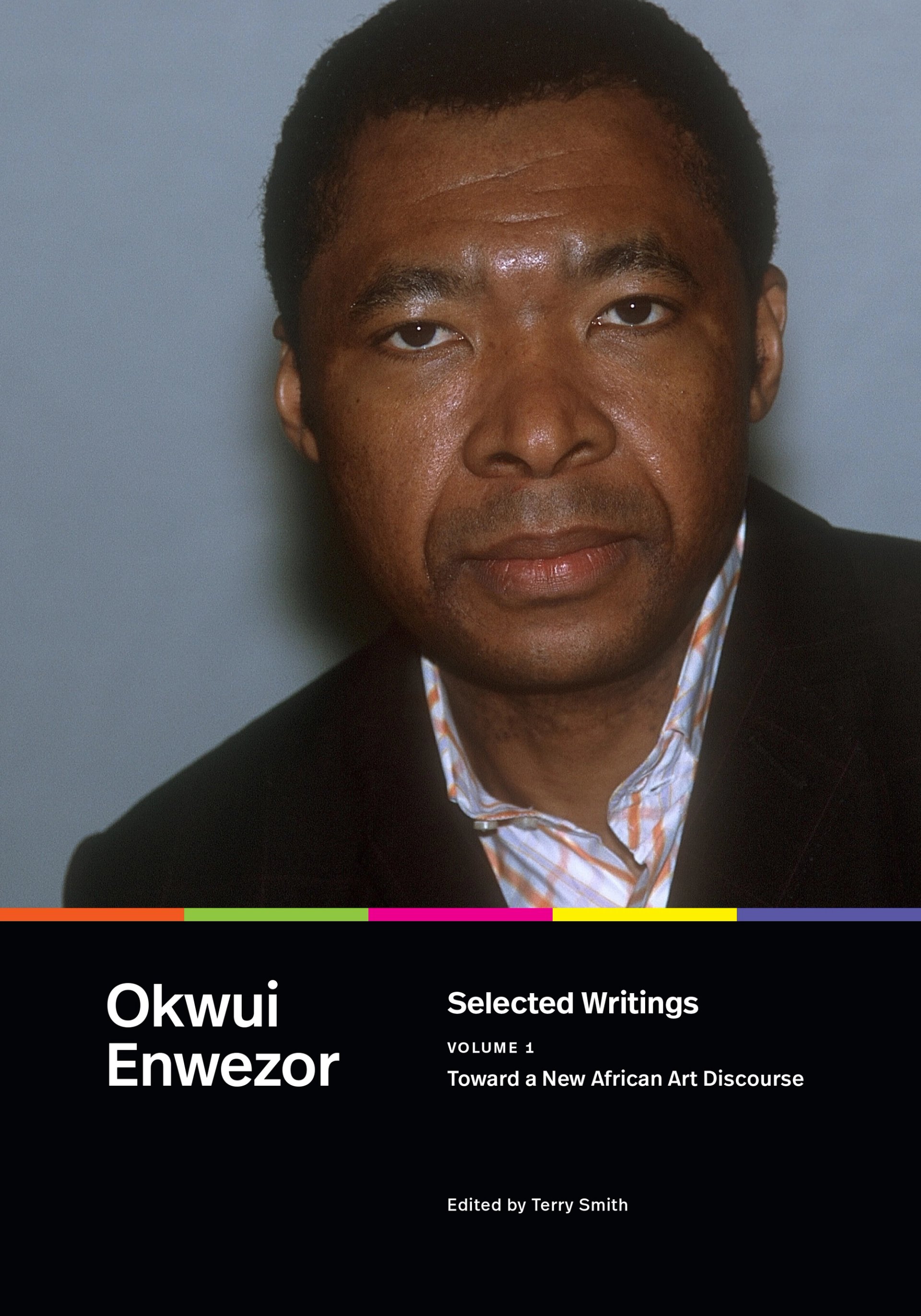
Selected Writings, Volume 1, Towards a New African Art Discourse, Okwui Enwezor and Terry Smith (editor), Duke University Press, 472pp, $145 (hb), $40 (pb)
Okwui Enwezor, who died aged just 55 in 2019, was only the second person to be the artistic director of the two most important international cyclical art exhibitions: Documenta in Kassel, which he curated in 2002, and the Venice Biennale, in 2015. Volume one of Enwezor’s writings includes 15 essays, written between 1994 and 2006, drawn from exhibition catalogues, art journals, interviews with artists, art reviews, curatorial statements, historical studies, and book chapters. “Spanning a quarter-century, these selections reflect the depth and breadth of Enwezor’s writing and its role in his tireless efforts to decolonise the art world,” says a publisher’s statement.
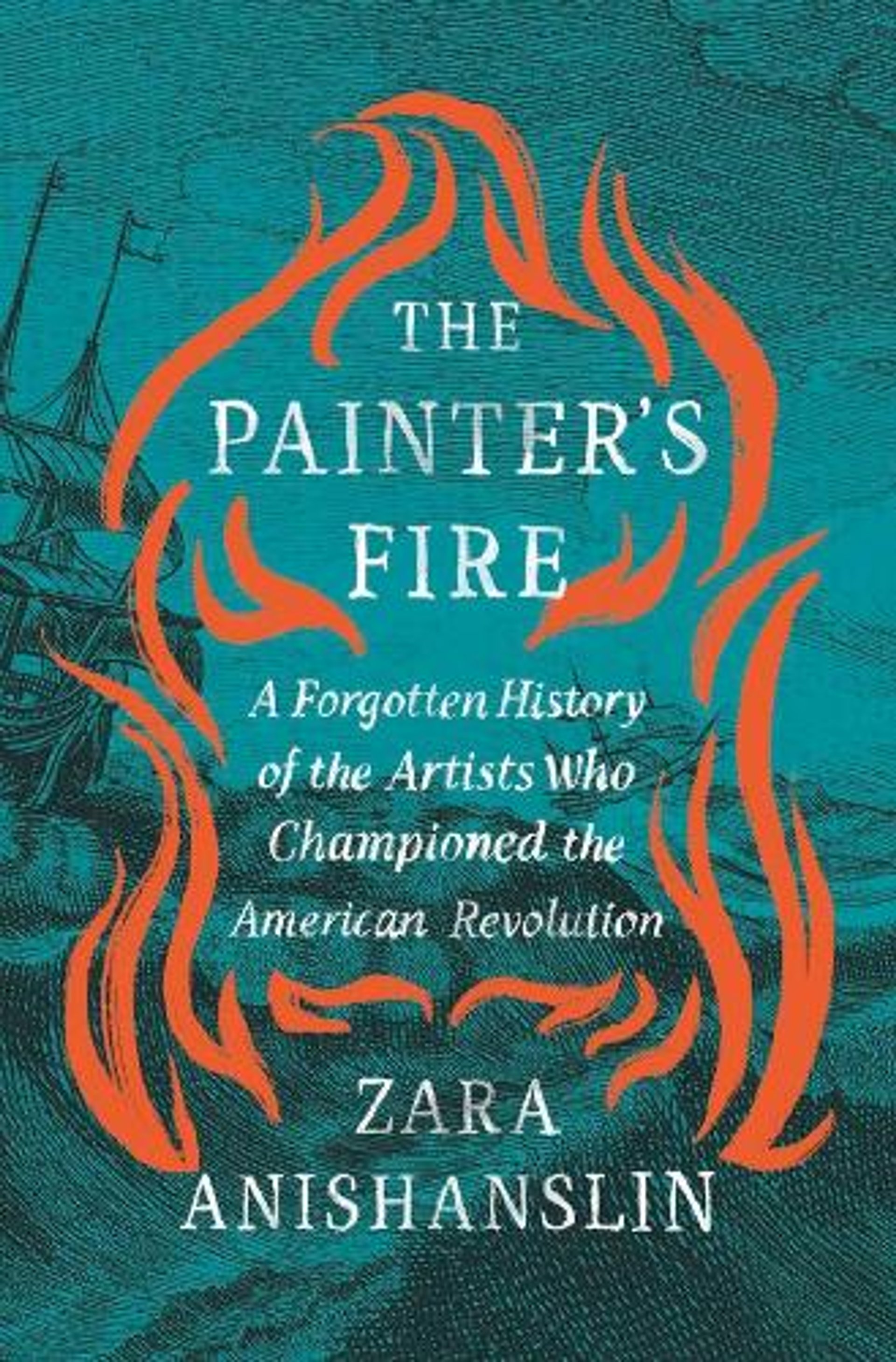
The Painter’s Fire: A Forgotten History of the Artists Who Championed the American Revolution, Zara Anishanslin, Harvard University Press, 400pp, £27.95 (hb)
Zara Anishanslin, an associate professor of history and art history at the University of Delaware, examines how three artists—Robert Edge Pine, Prince Demah, and Patience Wright—contributed to the American War of Independence (1775-83). Pine, a British artist believed to be of African descent, made large-scale history paintings underpinned with political themes, eventually emigrating to the United States in 1784. Demah, an enslaved portrait painter based in Massachusetts, was Pine’s pupil in London before enlisting to fight for the Patriot cause, which actively opposed British rule. Meanwhile Wright, a Long Island-born wax sculptor, is rumoured to have acted as an informal patriot spy in London during the American Revolution.
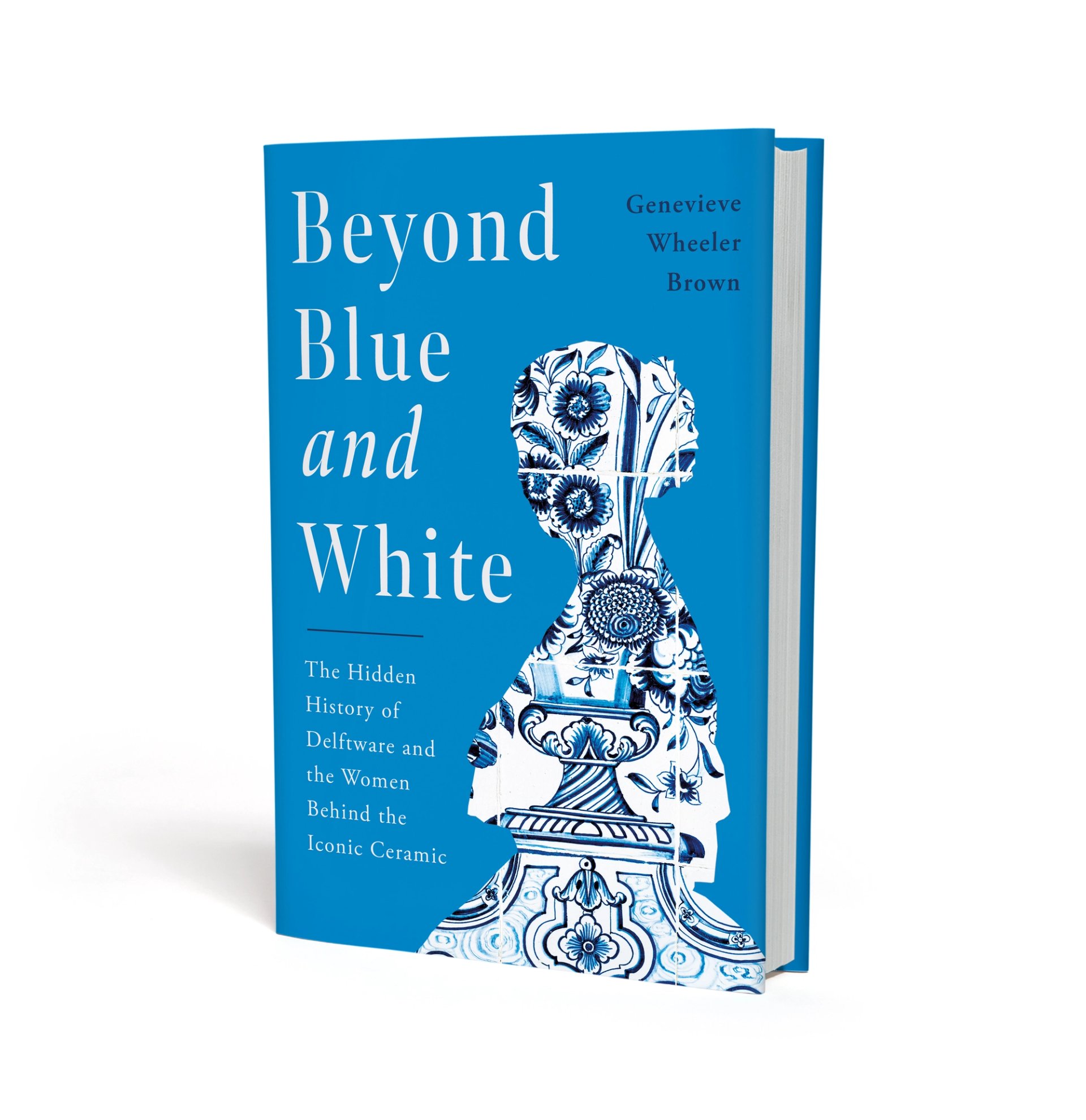
Beyond Blue and White: The Hidden History of Delftware and the Women Behind the Iconic Ceramic, Genevieve Wheeler Brown, Pegasus Books, 336pp, $29.95 (hb)
The author Genevieve Wheeler Brown’s new book shows how numerous women boosted Delftware—a form of tin-glazed ceramics that originated in the Netherlands in the 17th century—including Barbara Rotteveel, the founder of The Three Bells Delftware factory in 1671. Her analysis was prompted by the discovery of 75 pieces of rare 17th- and 18th-century Delftware belonging to a private women’s organisation, which were stored in a historic Manhattan townhouse. “Before me, I realised, lay the story of Dutch Delftware. Woven into this array was a narrative thread that recounted the history of the iconic blue-and-white ceramics,” writes Wheeler Brown.


